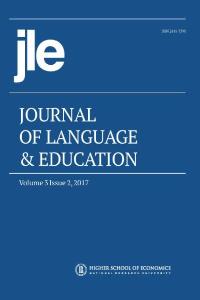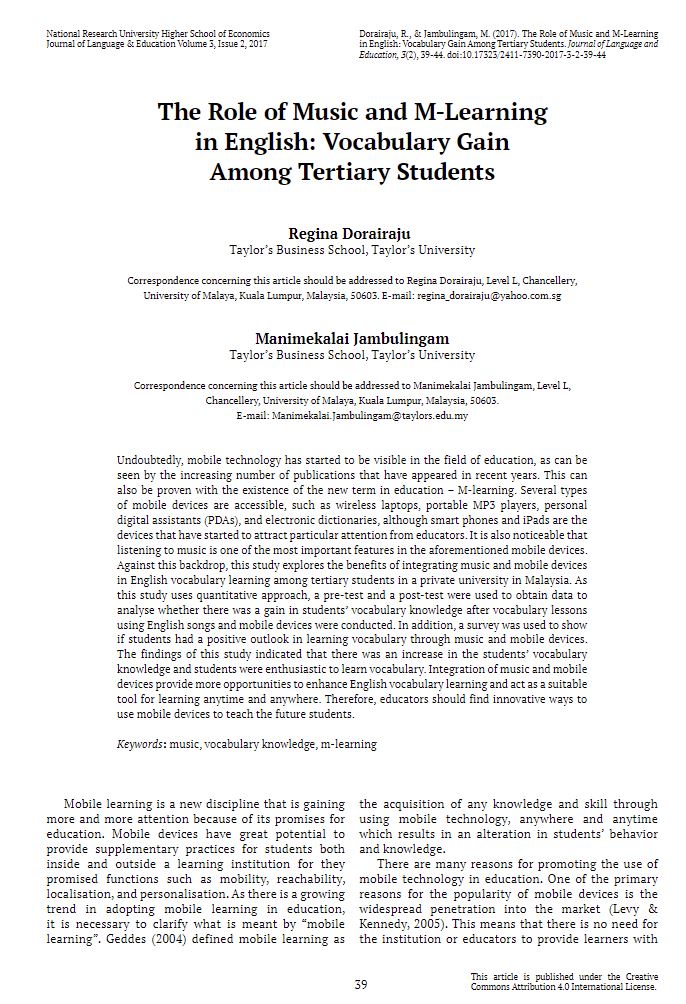Journals
A journal is a specific type of academic publication. Like magazines, new parts of journals are published regularly throughout the year. This may be monthly, biannually (twice a year) or quarterly (every three months) and each of these parts is referred to as a journal issue.
The following images are examples of the front pages of academic journals. Please note that not every journal has the word journal in its title.

Each journal issue contains a collection of articles (short pieces of written work). Articles are written by academic staff from universities and other research institutions. The articles provide information about current research and teaching and will be referred to during your studies.
As with a book, within the first few pages of a journal issue, there will be a table of contents. These may include articles, reviews, editorials and other short pieces of informative writing.
The following image shows an example of what a journal article may look like:
Locating and Accessing Journals and Articles
University libraries subscribe to a number of carefully selected journals, to ensure that students and staff have access to high quality research which is constantly updated. The journals may be published in printed format or in electronic format (also known as ejournals).
- Printed journals and ejournals may be listed in the library’s catalogue or the library may maintain other search tools for finding and accessing journals. Information on how to locate and access journals is usually available from the library (e.g. on the library website)
- If a journal is in printed format, the catalogue may provide the shelfmark (also known as classmark). As with books, the shelfmark is a set of letters and numbers on the spine which indicates where the journal is located in the library.
- Journals may be available online through the library’s web pages. This is often the preferred format, as e-journals can be accessed at any time on or away from the university campus.
- Ejournals are accessible through the library catalogue which provides a link to the title. The journal articles can be read online.
- Often a range of journals can be searched through one interface, called a journal database.
Many university modules will have recommended readings and some of these will include journal articles. You will become familiar with important journals which present research in your subject area.
Journals Summary
- Published as issues during certain intervals throughout the year
- Issues contain several short pieces of writing called articles
- Written by academic researchers
- Content is backed up by research evidence
- May be available as traditional printed journals, or as ejournals which can be accessed online via a library’s catalogue or the library’s web pages
- Articles published in the most important academic journals are peer-reviewed before publication
Peer Review
Academic journals are subject to peer review, a type of academic quality control. During the peer review process, experts review the text to ensure the content is accurate and meets academic standards, before it is formally published.
Most if not all of the materials referenced in academic work at university will be peer-reviewed.
To determine if a journal is peer-reviewed:
- Journal databases often have an option to return only peer-reviewed content in a search
- Look at the journal’s initial pages or web page to see if there is any information on the peer review process

